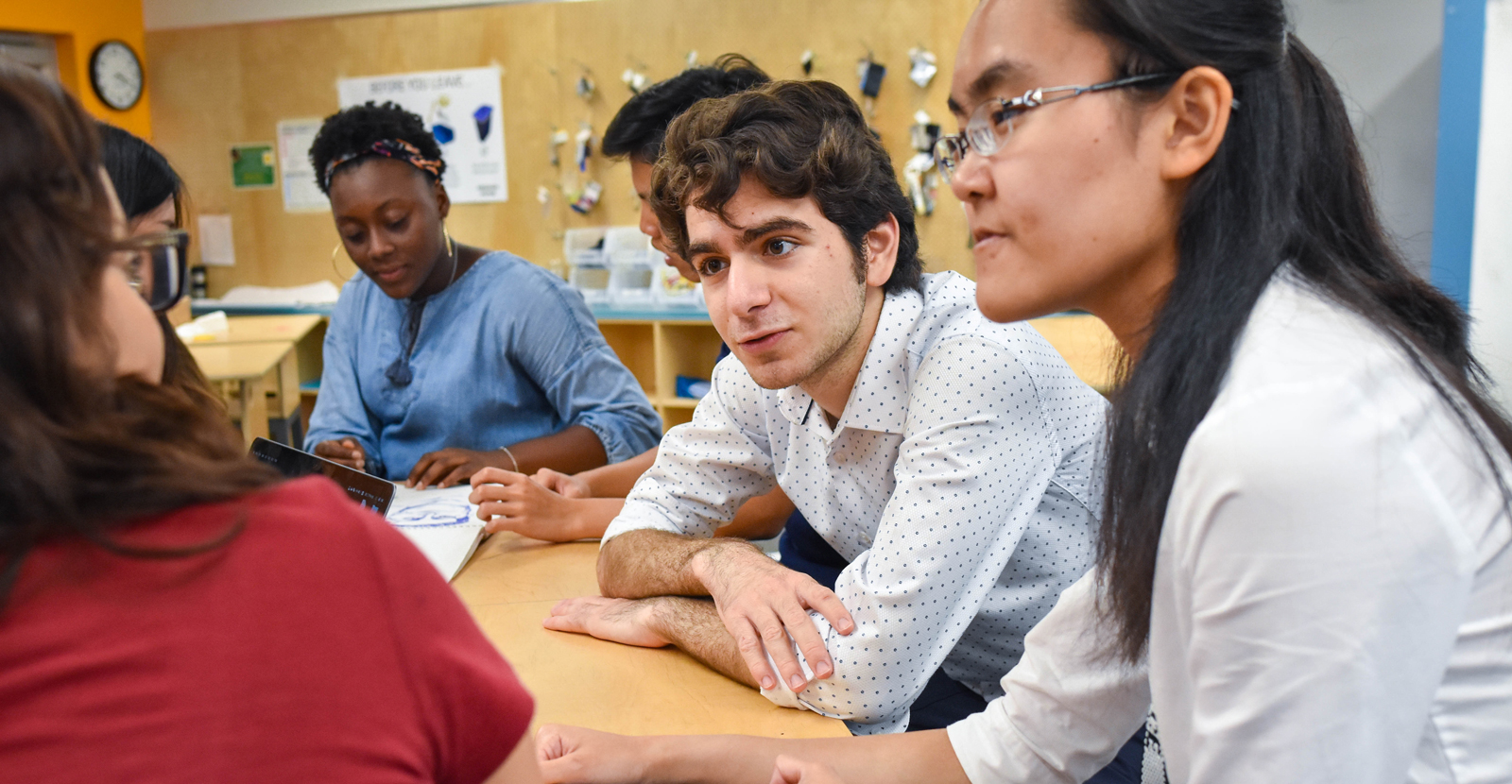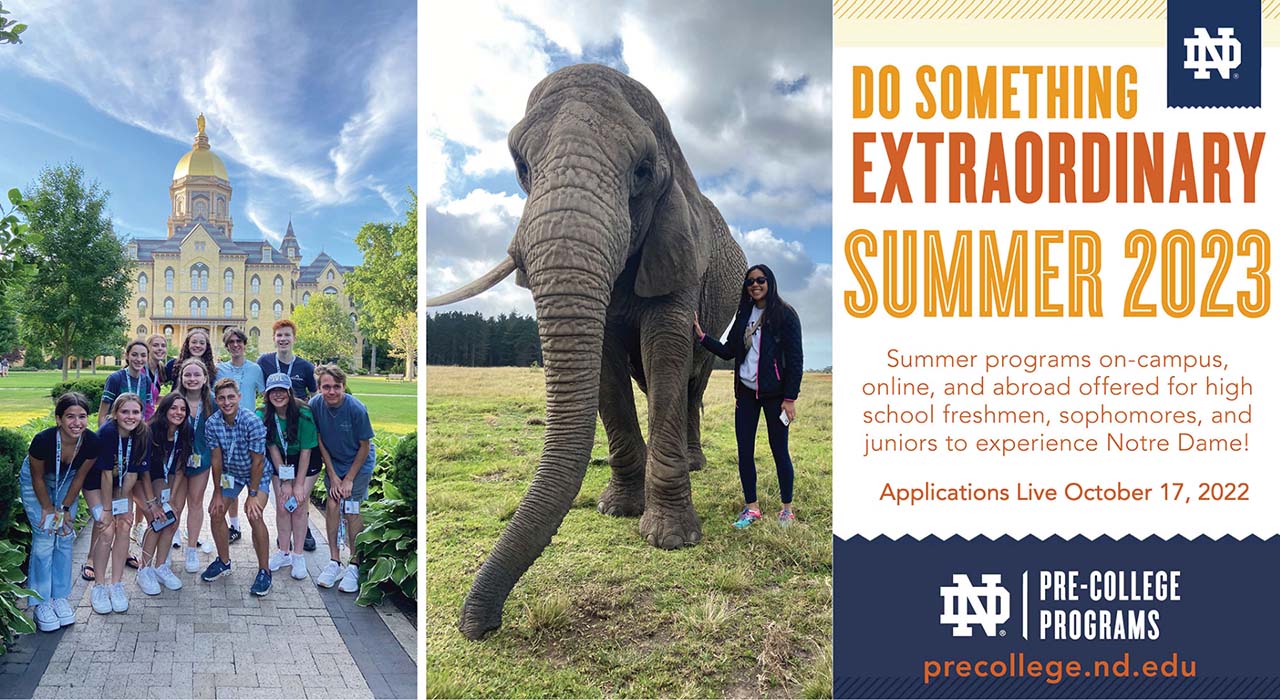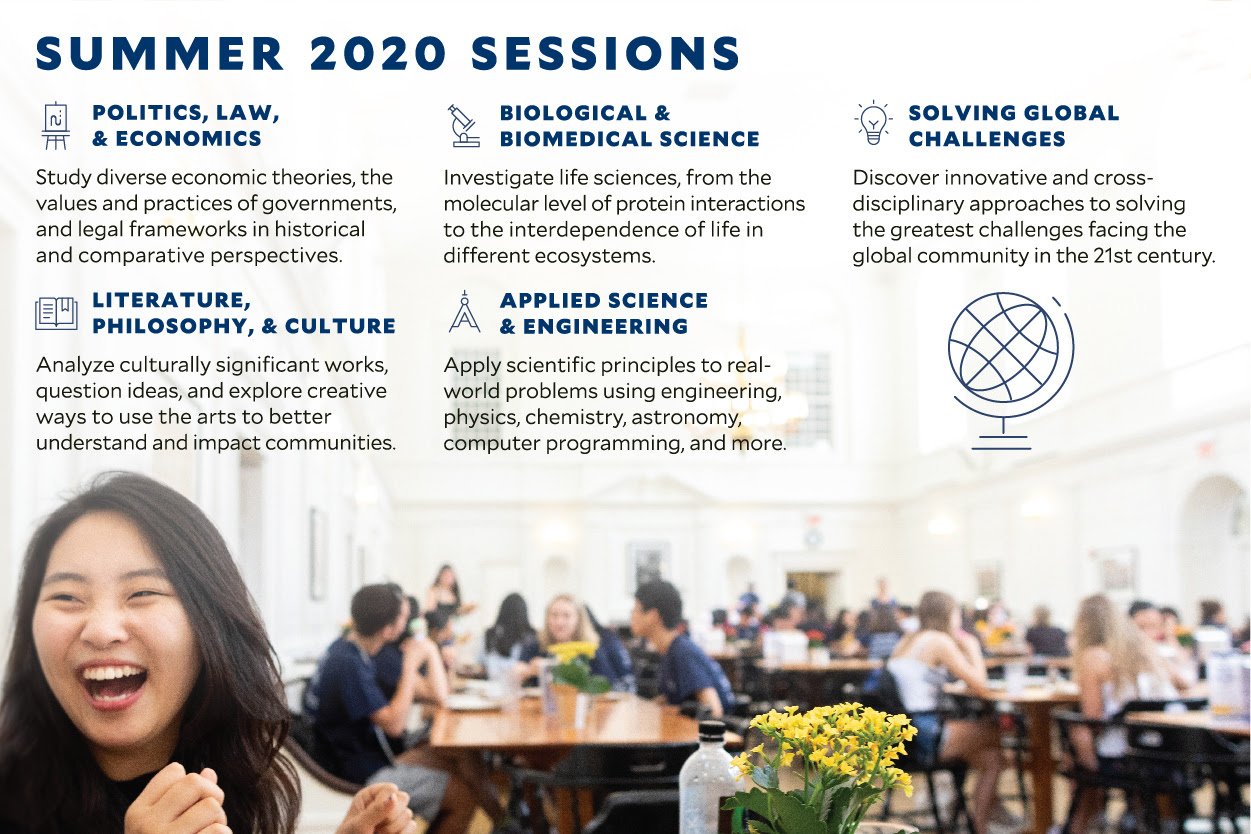 For sixty-four years, Syracuse University has given rising high school sophomores, juniors, and seniors the opportunity to explore potential majors and careers through renowned summer pre-college programs.
For sixty-four years, Syracuse University has given rising high school sophomores, juniors, and seniors the opportunity to explore potential majors and careers through renowned summer pre-college programs.
This summer, high school students are able to choose from over 100 college-level courses offered on Syracuse’s campus, online, or in a hybrid format. Courses exist in a diversity of subjects – from Architecture and AI to Crisis Management and Sports Analytics or Management. Regardless of the course(s) one chooses, all Syracuse Summer College students build their resume or portfolio, enhance their college applications so they stand out to college admissions, and get to test out a subject before committing to their undergrad major. Students also have the chance to earn a Certificate of Completion, Syracuse University credit, or a noncredit transcript.
The scholarship deadline Syracuse’s Summer College is March 1, 2024, and the final application deadline is May 1, 2024, and applications are reviewed and accepted on a rolling basis. Yet, the most popular courses fill quickly, so if you are interested, apply soon. If you have any questions, you can call +1 315-443-5000 or email Syracuse to learn more.
 High school students interested in pursuing a career in journalism, writing, communications, or photography, may want to research and apply to the
High school students interested in pursuing a career in journalism, writing, communications, or photography, may want to research and apply to the  Babson College, which is located just thirty minutes from downtown Boston, Massachusetts, is an increasingly popular choice for high school students seeking to study entrepreneurship during their undergraduate careers. And what better way to get a taste of what a Babson undergraduate experience could be like than by taking part in a Babson summer pre-college program exclusively for high school students?
Babson College, which is located just thirty minutes from downtown Boston, Massachusetts, is an increasingly popular choice for high school students seeking to study entrepreneurship during their undergraduate careers. And what better way to get a taste of what a Babson undergraduate experience could be like than by taking part in a Babson summer pre-college program exclusively for high school students? Not all summer pre-college programs for high school students cost a pretty penny. In fact, one such program for aspiring journalists is completely free and takes place on one of America’s most beautiful college campuses!
Not all summer pre-college programs for high school students cost a pretty penny. In fact, one such program for aspiring journalists is completely free and takes place on one of America’s most beautiful college campuses!
 Will you be a rising eleventh or twelfth grade student in Summer 2024 and are you interested in the Block Plan at Colorado College? If so, then through a unique pre-college program, this upcoming summer is the ideal time for you to try Colorado College’s distinctive Block Plan, which is the hallmark of its undergraduate experience.
Will you be a rising eleventh or twelfth grade student in Summer 2024 and are you interested in the Block Plan at Colorado College? If so, then through a unique pre-college program, this upcoming summer is the ideal time for you to try Colorado College’s distinctive Block Plan, which is the hallmark of its undergraduate experience. Applications for Summer 2023 programming on University of Notre Dame’s campus, online, and abroad are
Applications for Summer 2023 programming on University of Notre Dame’s campus, online, and abroad are  The Yale Young Global Scholars (YYGS) application is now open, and YYGS is now actively recruiting interested students in grades ten and eleven (or the international equivalent) from all around the world.
The Yale Young Global Scholars (YYGS) application is now open, and YYGS is now actively recruiting interested students in grades ten and eleven (or the international equivalent) from all around the world.